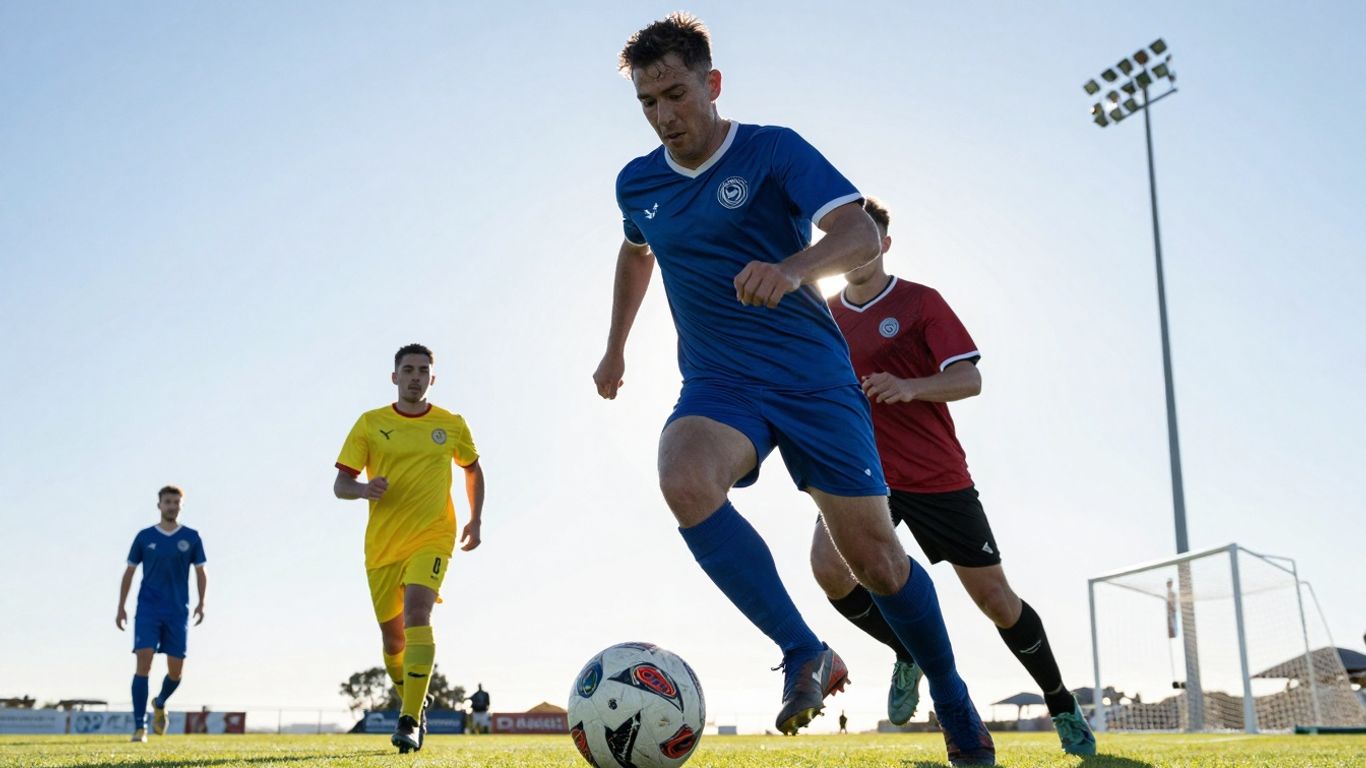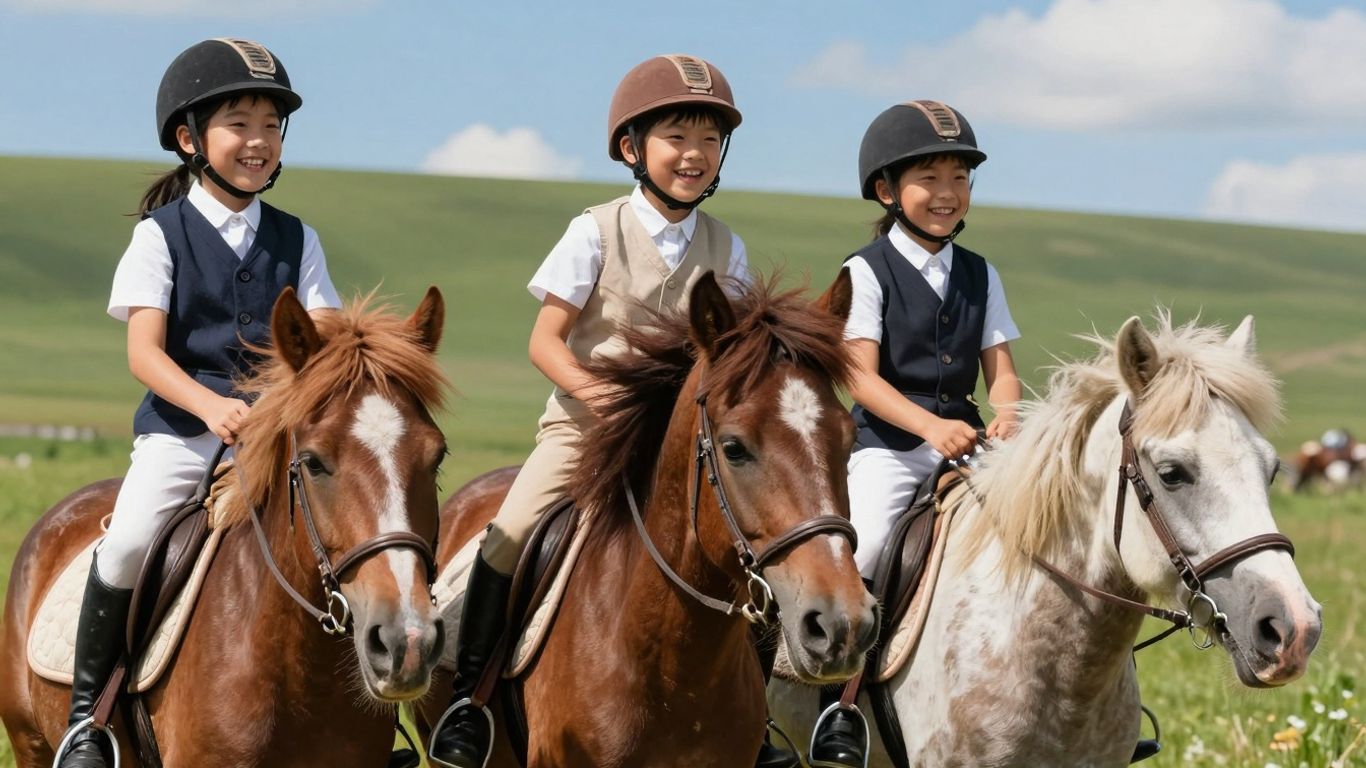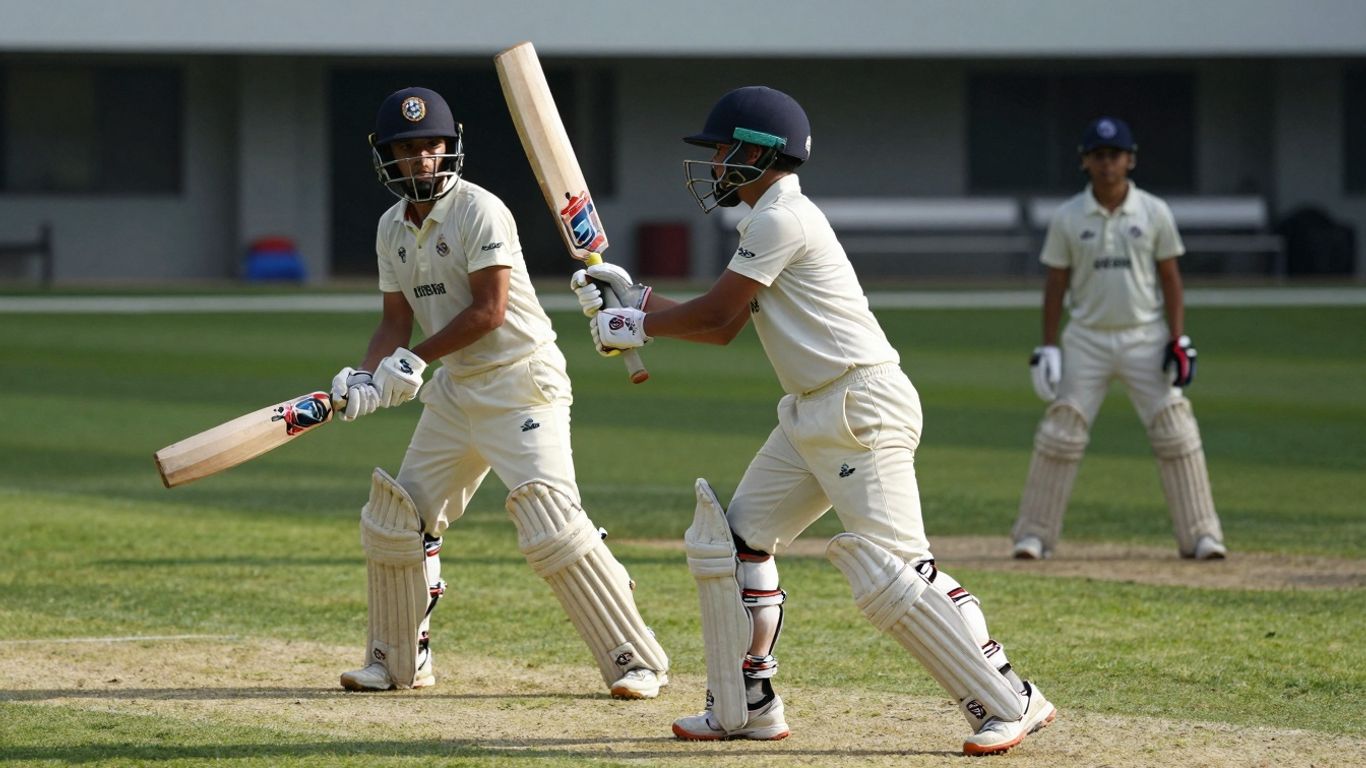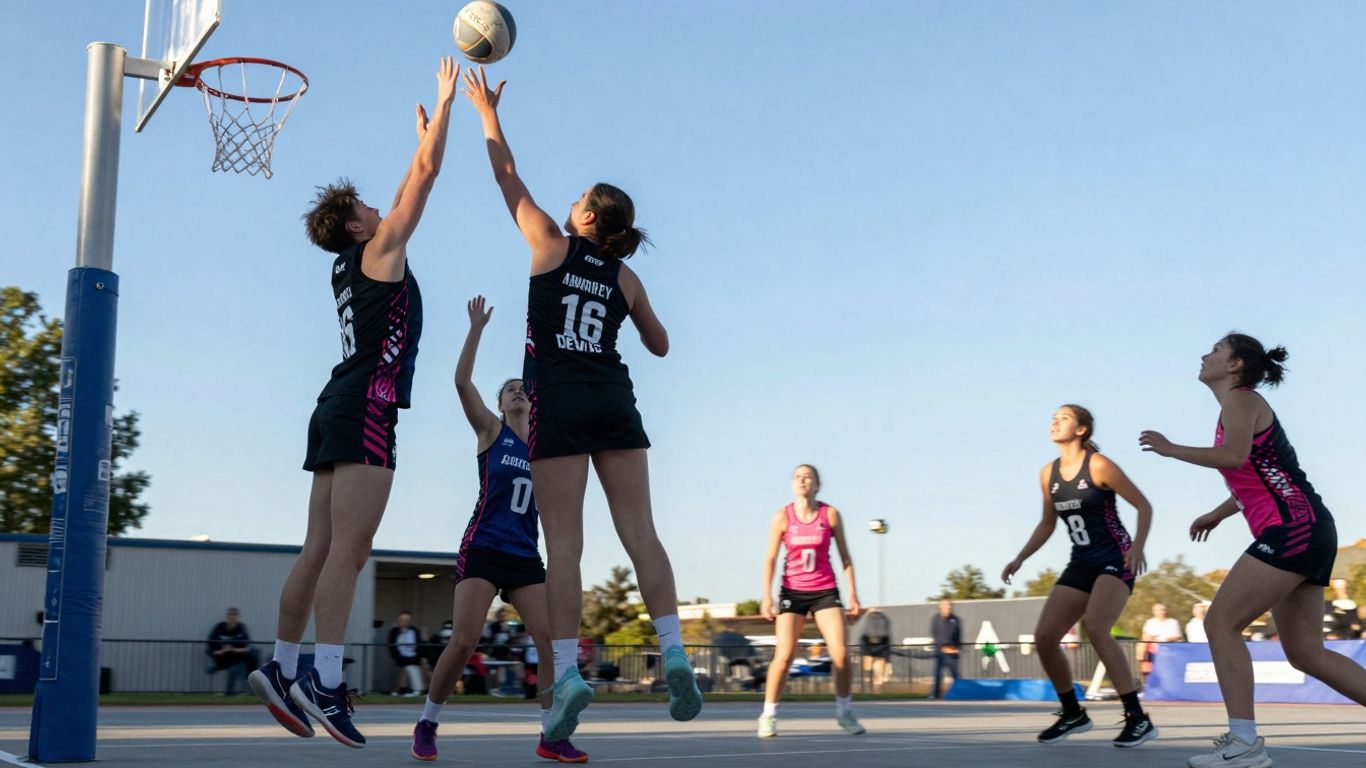G’day! So, you’re keen to get into soccer here in Australia, or maybe you’re already playing and just need to sort out your gear. It’s a ripper sport, but like anything, having the right kit makes a huge difference. We’re talking about everything from what you wear on your feet to how you carry it all. Let’s get you sorted so you can focus on the game, not on whether your socks are going to fall down.
Key Takeaways
- When looking at gloves for soccer players, especially goalkeepers, grip and wrist support are top priorities. Consider breathable materials for warmer Aussie conditions.
- Footwear needs to suit the pitch. Firm ground boots for grass and turf shoes for artificial surfaces are important, and comfort is key to avoid blisters.
- Shin guards are a must for safety, protecting you from tackles and kicks. Always wear them, even during practice.
- Your kit, including jerseys, shorts, and socks, should allow for movement and be made of moisture-wicking fabric to handle the heat.
- A sturdy sports bag with organised compartments will make transporting your boots, kit, and other gear much easier.
Understanding Goalkeeper Gloves

Choosing the right gloves is a big deal for any keeper, especially when you’re playing in Australia with its varied weather. It’s not just about stopping the ball; it’s about comfort, support, and making sure you can actually hold onto the ball when it counts.
Grip and Wrist Support
The palm of the glove is where the magic happens. You’ll see different types of latex, and they all do slightly different things. For a good all-rounder, look for gloves with a decent amount of latex – this gives you that sticky feel to catch the ball. Some gloves have extra bits on the fingers to help with punching or even catching.
Wrist support is also pretty important. A good strap system will keep the glove snug and stop your wrist from bending back too far when you make a save. It’s like giving your wrist a bit of a safety net.
Breathable Materials for Perth’s Climate
Perth can get pretty warm, and sweaty hands are a keeper’s worst enemy. You want gloves that let your hands breathe. Many gloves have mesh panels on the backhand or fingers. This helps air circulate, keeping your hands cooler and drier. It makes a real difference when you’re out there for 90 minutes.
Adult vs. Youth Sizing
Getting the size right is key. Too big and you lose control; too small and they’re just uncomfortable and might rip. For adults, you’re usually looking at sizes 7 through 11, with 9 and 10 being the most common. For kids, it starts lower, maybe size 4 or 5, and goes up. It’s best to measure your hand – usually from the tip of your middle finger down to the base of your palm, and then across the widest part of your hand. Always check the brand’s sizing chart, as they can vary a bit. Getting the right fit means better performance and fewer blisters. You can find a good range of goalkeeper gloves to suit different ages and playing styles.
Essential Soccer Gear for Australian Players
Right then, let’s talk about the gear you actually need to play soccer here in Australia. It’s not just about kicking a ball around, you know. Having the right stuff makes a massive difference, both for how well you play and for not getting yourself injured. We’ll cover the basics, from what goes on your feet to what protects your shins.
Choosing the Right Football Boots
First up, your boots. These are pretty important, especially with the variety of pitches we have across Australia, from lush grass to those tougher artificial surfaces. For a standard grass field, you’ll want firm ground (FG) boots with moulded studs. They give you good grip and keep you stable. If you’re playing on artificial turf a lot, though, turf shoes are the way to go. They’ve got loads of smaller studs that offer much better traction on that kind of surface. Whatever you choose, make sure they fit properly. Nothing worse than getting blisters halfway through a game because your boots are too tight or rub in the wrong places. And if you’re playing in Perth during the warmer months, lightweight, breathable boots are a lifesaver to keep your feet from overheating. Getting your football boots sorted is a solid start.
Importance of Shin Guards
Next, shin guards. Seriously, don’t skip these. They’re there to protect your shins from nasty kicks, whether it’s an accidental one from a teammate or a crunching tackle from an opponent. Most local leagues here in Australia actually make them compulsory, and for good reason. When you’re picking some out, look for ones that have adjustable straps so they stay put, and maybe even some ankle protection if you want that extra bit of security. Even if you’re just doing drills, it’s a good habit to wear them. It helps to foster your soccer skills without worrying about getting whacked.
Comfortable and Functional Kit
Finally, your kit – that’s your jersey, shorts, and socks. It sounds simple, but good quality gear makes a real difference to your comfort. Especially when it’s hot, and let’s be honest, it gets pretty warm here, you want materials that wick away sweat. This stops you from feeling all sticky and gross. Your jersey and shorts should let you move freely, no restrictions when you’re running or stretching. And the socks? They’re not just for show. Good football socks offer padding in the right spots, help prevent blisters, and should fit snugly so they don’t slide down into your boots mid-game. Having a decent soccer training kit makes playing a lot more enjoyable.
Picking the right gear isn’t just about looking the part; it’s about playing your best and staying safe on the pitch. Think about the surfaces you play on and the weather conditions you’ll be facing.
Selecting Your Soccer Ball

Choosing the right soccer ball is pretty important, whether you’re just kicking around at the park or playing in a serious match. It really does make a difference to how the game feels and how well you can play.
Match Balls for Competition
When you’re playing in a proper game, you want a ball that’s built for performance. These are usually the most expensive ones, and for good reason. They’re made with high-quality materials that give them a consistent feel and flight. You’ll find they’re often machine-stitched or thermally bonded for better shape retention and less water absorption, which is handy if it’s a bit damp out. A good match ball will feel predictable when you strike it. They come in different sizes, so make sure you grab the right one for your age group – Size 5 is standard for adults and older juniors, while younger kids will use smaller sizes like Size 4 or 3. Picking up some new soccer balls can give your game a real boost.
Durable Training Balls
For everyday practice and drills, you don’t need the fanciest ball. Training balls are designed to be tough and last through plenty of kicking. They might not have the same super-smooth feel as a match ball, but they’ll hold up to hard surfaces and lots of use. They’re generally a bit cheaper too, which is great when you’re going through a few balls a season. Think about getting a few of these for backyard practice or team training sessions. It’s also worth noting that some balls are specifically designed for different surfaces, like grass or artificial turf. For those who have a dog that loves to join in on the fun, a durable soccer horse ball could be a good option for keeping them entertained too.
The weight and feel of a ball can change quite a bit depending on the weather. On a hot day, a ball might feel a bit lighter and bouncier, while in the cold, it can feel heavier and harder. It’s something to keep in mind when you’re out playing.
Here’s a quick rundown of ball sizes:
- Size 5: For players aged 12 and up.
- Size 4: Typically for players aged 8 to 12.
- Size 3: For younger players, usually under 8 years old.
- Size 1: These are smaller, often used for skill development and tricks.
Beyond the Field: Carrying Your Gear
Right then, once you’ve got all your kit sorted – the boots, the shin guards, the jersey – you need something to haul it all around in. It’s no good having top-notch gear if you’re lugging it around in a flimsy old shopping bag, is it? You want something that can handle the rough and tumble of being chucked in the back of the car or slung over your shoulder.
Durable Sports Bags
When you’re looking for a sports bag, think about what you actually need to carry. Most players will need space for their boots, a change of clothes, a water bottle, maybe some snacks, and of course, those all-important goalkeeper gloves. A decent-sized duffel bag or a sturdy backpack is usually the way to go. Look for bags made from tough materials that can withstand a bit of wear and tear. Some even have reinforced bases, which is handy if you’re often chucking it onto gravel or damp ground.
Organisational Compartments
This is where things get really useful. Having separate pockets and compartments makes a massive difference. You don’t want your muddy boots rubbing up against your clean kit, do you? A dedicated boot compartment, maybe with some ventilation, is a lifesaver. Then you can have a main section for your clothes and other bits, and maybe a smaller pocket for your keys, phone, or wallet. It just makes getting ready and packing up so much quicker and easier. Honestly, it’s the little things that count when you’re heading to training or a match.
Keeping your gear organised not only saves you time but also helps protect your equipment from damage and keeps things hygienic. A well-designed bag means you can grab exactly what you need without rummaging through a jumbled mess.
Key Considerations for Australian Conditions
Footwear for Varied Pitches
Australia’s pitches can be a mixed bag, right? You’ve got your pristine grass fields, but then there are those harder, sometimes uneven surfaces, especially after a dry spell or on community grounds. For grass, you’ll want boots with moulded studs – think firm ground (FG) – that give you decent grip without digging in too much. If you’re playing on artificial turf a lot, though, you really need turf shoes. They’ve got loads of smaller, rubbery studs that spread the pressure and give you better traction on those surfaces. Getting the right boot for the pitch is key to avoiding slips and keeping your ankles happy.
Moisture-Wicking Kit for Heat
When the Aussie sun really cranks up, especially in summer, staying cool and dry on the field makes a massive difference. Look for jerseys and shorts made from materials that pull sweat away from your skin. This stuff is often called ‘moisture-wicking’. It helps the sweat evaporate faster, keeping you more comfortable and less weighed down by damp clothing. Good socks are important too; they should fit snugly to stop blisters and have some padding in the right spots. Nobody wants sore feet ruining their game.
Protection Against Impact
Safety first, always. Shin guards are non-negotiable, really. They protect your shins from those accidental kicks or hard tackles that are just part of the game. Make sure they fit well and stay put – some have straps to help with that. If you’re a goalkeeper, padded shorts and jerseys can also be a lifesaver when you’re diving around. It’s about reducing the sting from those impacts so you can focus on playing your best.
So, What’s the Go?
Right then, choosing the right gear for soccer here in Australia is pretty straightforward once you know what to look for. We’ve covered everything from boots that suit our pitches to gloves that’ll give you a decent grip, even when it’s a bit warm. Don’t forget the shin guards for safety – they’re a must. Having your own ball is handy for practice too. It’s all about making sure you’re comfortable and protected so you can just focus on playing your best. Get the right kit, and you’ll be set for a ripper season.
Frequently Asked Questions
What should goalkeepers look for in gloves, especially in Perth’s weather?
For goalkeepers, gloves are super important! They help you grab the ball and support your wrists. If it’s a hot day in Perth, look for gloves with mesh bits that let air through to keep your hands from getting too sweaty.
What kind of football boots should I get for different playing surfaces in Australia?
Footwear is key! For grass fields, get boots with studs that dig in for grip. If you’re playing on fake grass, you’ll want shoes with lots of little rubbery bits for better traction. Make sure they fit like a glove, so you don’t get blisters!
Why are shin guards so important for soccer players?
Shin guards are a must for protecting your legs from nasty kicks or accidental knocks. Most clubs in Australia make you wear them, so it’s always a good idea to put them on, even when you’re just practising your skills.
What kind of kit is best for playing soccer in the Australian heat?
When it’s hot, especially during Australian summers, wear clothes made from material that wicks away sweat. This means the fabric pulls the sweat off your skin and dries quickly, helping you stay cool and comfy while you play.
What makes a good sports bag for soccer gear?
You’ll need a sturdy sports bag to carry all your gear. It’s handy if it has different sections to keep your boots separate from your clean clothes, and maybe even a spot for sweaty stuff. Keeps everything organised!
What’s the difference between a match ball and a training ball for soccer?
A good soccer ball for matches is built tough and flies straight. For practice, you can get ones that are a bit cheaper but still last a long time. Having your own ball means you can practice whenever you want!





